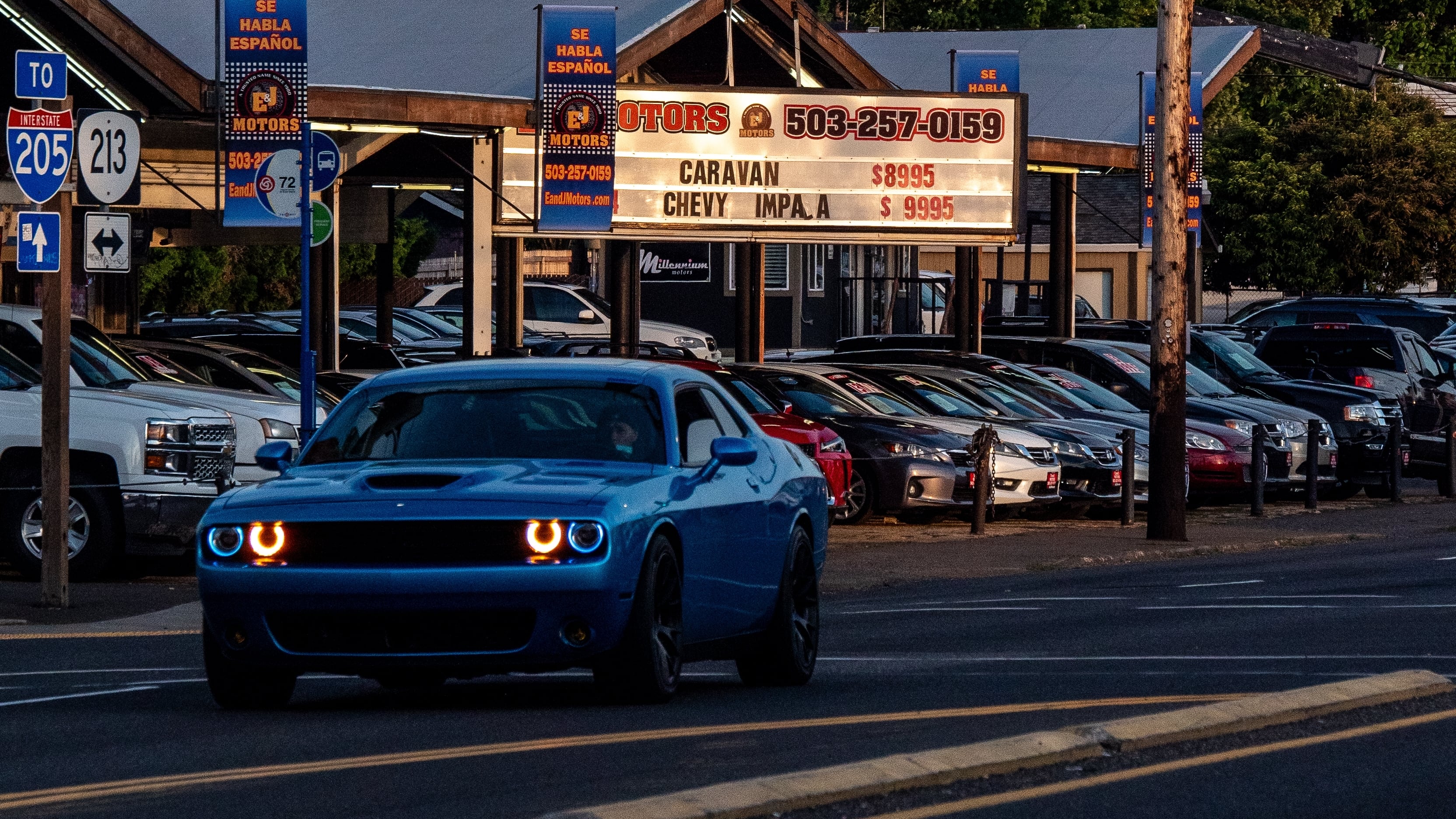A recent Forbes Advisor Car Insurance survey reveals that Oregon is the worst state for running a red light, with 8% admitting to doing so in the last month against a national average of 5%. In fact, based on the poll, Oregon is the second-worst-driving U.S. state overall. For the full ranking, see Forbes Advisor’s “States With The Worst Driving Behaviors 2024.” —Olivia W., PR Manager at Forbes Advisor
I get dozens of messages like this every month, and if I were even lazier than I already am, I could turn this one into a few cheap, local-prejudice-affirming clicks. Plenty of news outlets do just that and have been credulously hoovering up content like this for decades. “Study confirms that drivers in [insert your city here] are the nation’s worst. After the break: Don’t like the weather in [local region]? Just wait 10 minutes!”
Forbes is a reputable publication. Forbes Advisor? Not so much. Like an independent bookstore supplementing its income by peddling porn, Forbes is whoring out its good name to a collection of buyers guides larded with revenue-producing affiliate links. While you’re clicking through to sneer at your state’s lousy drivers, why not stick around and buy some car insurance?
Given the current media landscape, you can’t blame Forbes for doing whatever it takes to keep the lights on. The problem arises when the thirst for clicks overwhelms the commitment to accuracy.
The source for these “Worst Driving Behaviors 2024″ numbers was a survey asking Americans whether they speed, run red lights, etc. Self-reported data is notoriously unreliable (ask me about studies of average penis size sometime), but whatever. With 5,000 respondents, the study proudly boasted a +/-1.4% margin of error—pretty respectable!
Unfortunately, this MoE only applies to the nationwide numbers. Each individual state had just 100 respondents, for an MoE of +/-10%. In other words, all we know statistically is that Oregon’s red-light-running percentage is somewhere between 18 and -2. Intriguing, perhaps, but not exactly dispositive.
Adding insult to injury, just four months ago, Forbes Advisor released the seemingly similar “States With the Worst Drivers 2024,” using traffic-safety data instead of a survey. This time, neither Oregon nor Hawaii (#2 and #1, respectively, on the current list) even made the top 10. It’s almost like someone realized you can get numbers to confess to anything if you torture them long enough.
Questions? Send them to dr.know@wweek.com.

